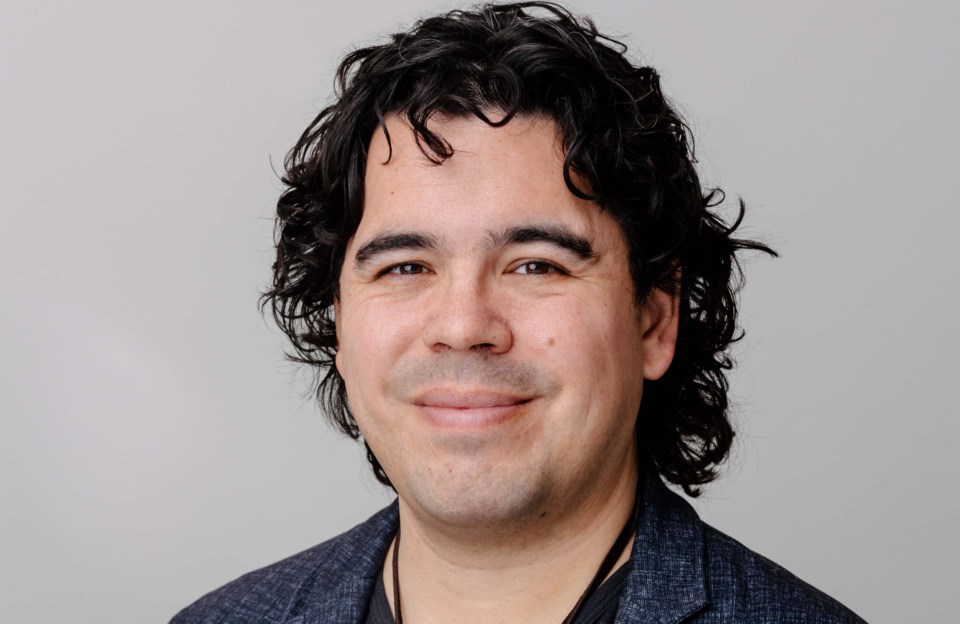Reconciliation is on the mind of many individuals. Josh Languedoc, a St. Albert Indigenous playwright, explores this massive movement through artistic expression.
His latest iteration, Civil Blood: A Treaty Story, receives a workshop reading at Fort Edmonton park on Sunday, May 28 hosted by Thou Art Here Theatre.
The play’s backdrop is the signing of Treaty 6 in 1867. The play synopsis suggests tensions are high. The fur trade is dwindling and settlers are grabbing more land from First Nations’ territories. Hunting grounds are disappearing. There is a shortage of food in tribes and whisky is destroying Indigenous people.
In a broad brushstroke, Civil Blood: A Treaty Story explores the complex tensions between First Nations and European settlers. In the middle of the tensions, two star-crossed lovers meet. Ekah (Demaris Moon Walker) is the daughter of the chief and a Nehiyaw huntress.
“She’s fiery and steps out of her gender role. She wants to hunt and save her people. She needs to save her people and wants to fight back,” said Languedoc.
On the other hand, Julian Bouchard (Gavin Dyer), is the young son of the chief factor at Fort Edmonton. Sir Bouchard is a well-respected commander throughout the fur trade whereas Julian is an introvert more comfortable studying philosophy and the sciences.
“It looks at the past and draws inspiration from Romeo and Juliet. The play looks at the treaty and what people thought was a good treaty but it turned out it wasn’t,” Languedoc said.
The term “civil blood” within the title is actually a phrase from Shakespeare’s Romeo and Juliet that refers to the ongoing dispute between the Capulets and the Montagues. Shakespeare’s wording is “where civil blood makes civil hands unclean” suggesting even the polite and well-mannered dirty their hands in times of strife.
The script came about after Languedoc and Neil Kuefler, Thou Art Here artistic associate met in Banff at a Truth and Reconciliation workshop. After the workshop’s completion, the duo continued hanging out.
“Neil pitched the idea of a Romeo and Juliet adaptation inside Fort Edmonton Park. It was a loose idea based on the tensions between settlers and the Indigenous population. We talked back and forth and I decided to do it. He had the vision. I had the words.”
Even though the one-hour reading is set in the past, the audience will be brought into the show as active participants while the scenes unfold.
“For me the show is about how the tensions of the treaty have affected what happens today. We need to take charge and heal what happened a long time ago.”
Although Languedoc is deeply entwined in the play on an intellectual level, there was an unexpected emotional side benefit to the project.
“The cool thing is I’ve come to value and appreciate Neil’s and my relationship. The heart of the play is our friendship and the way it's developed. We are good friends and I can happily say that.”




